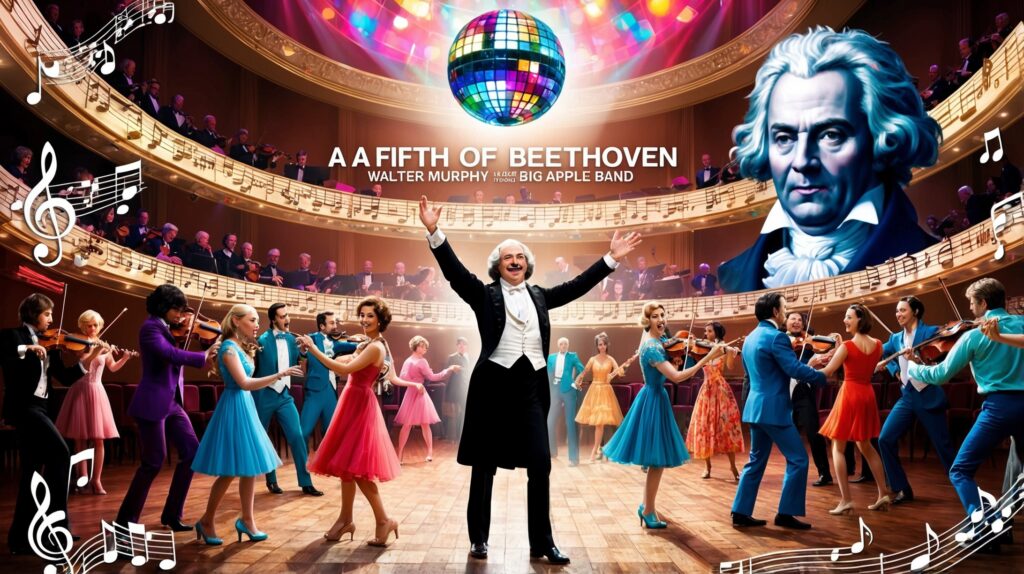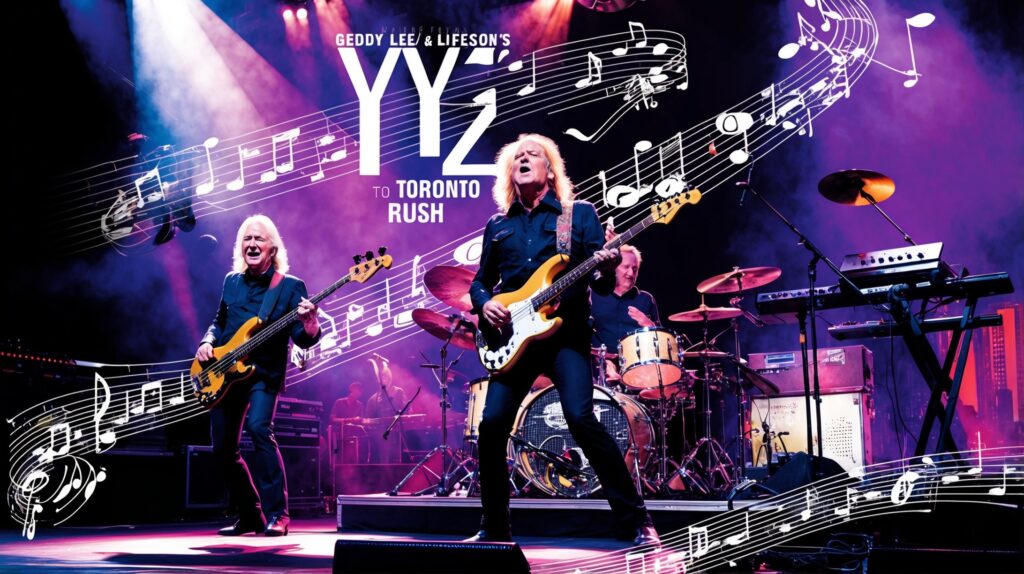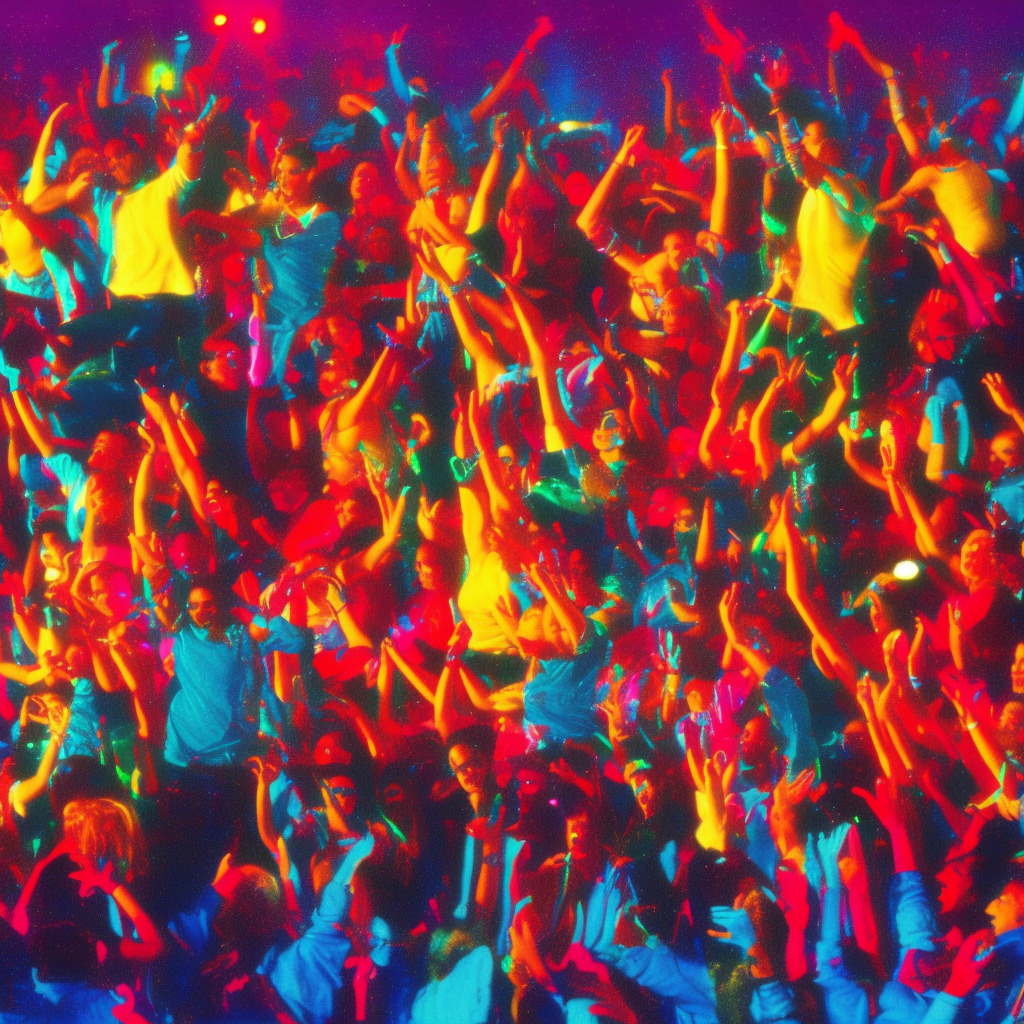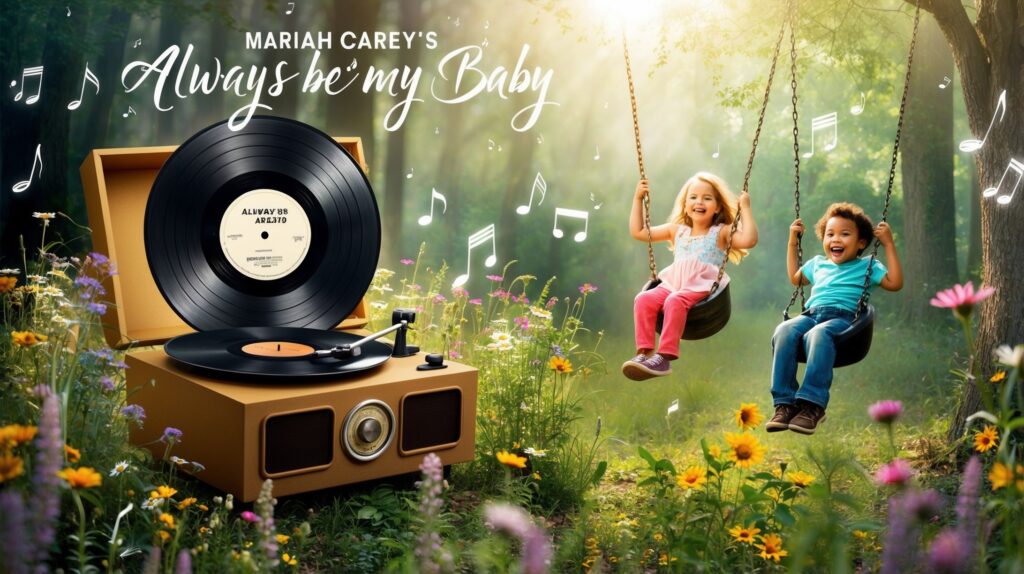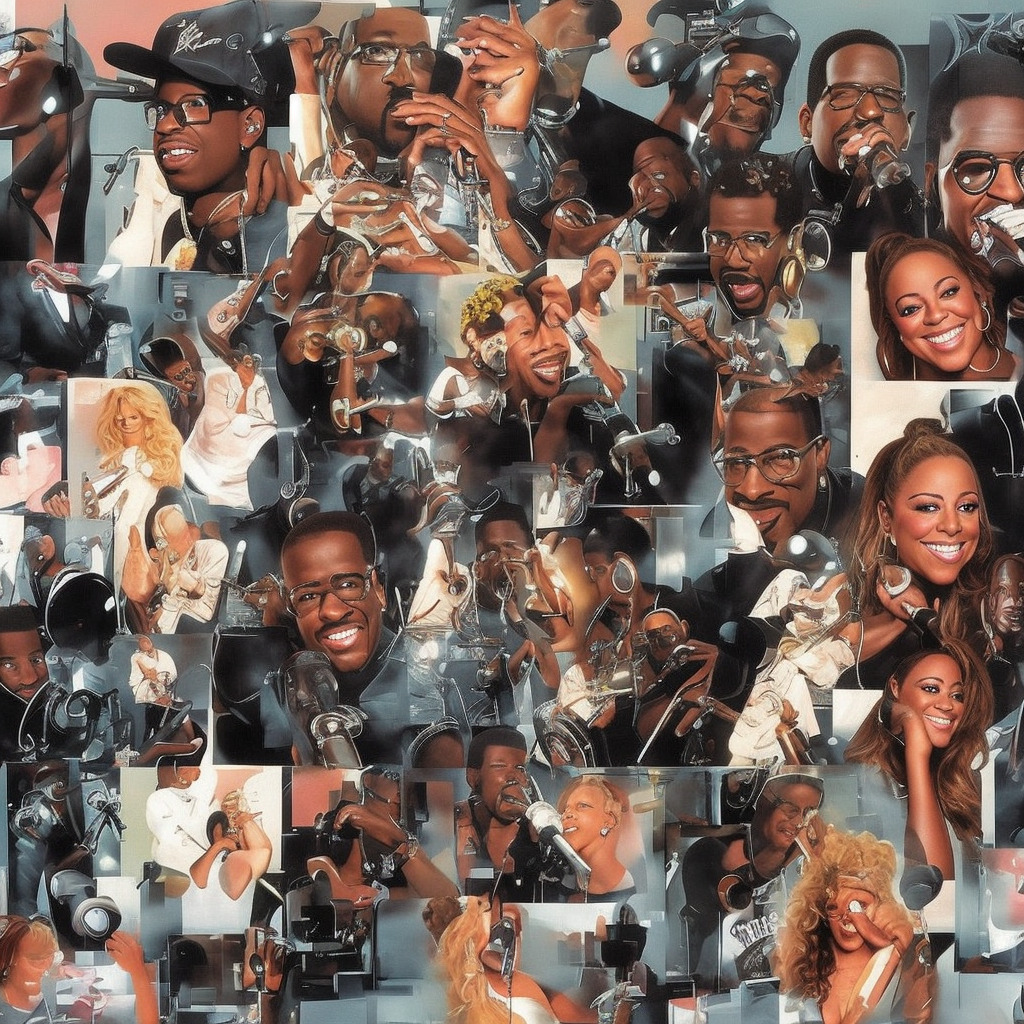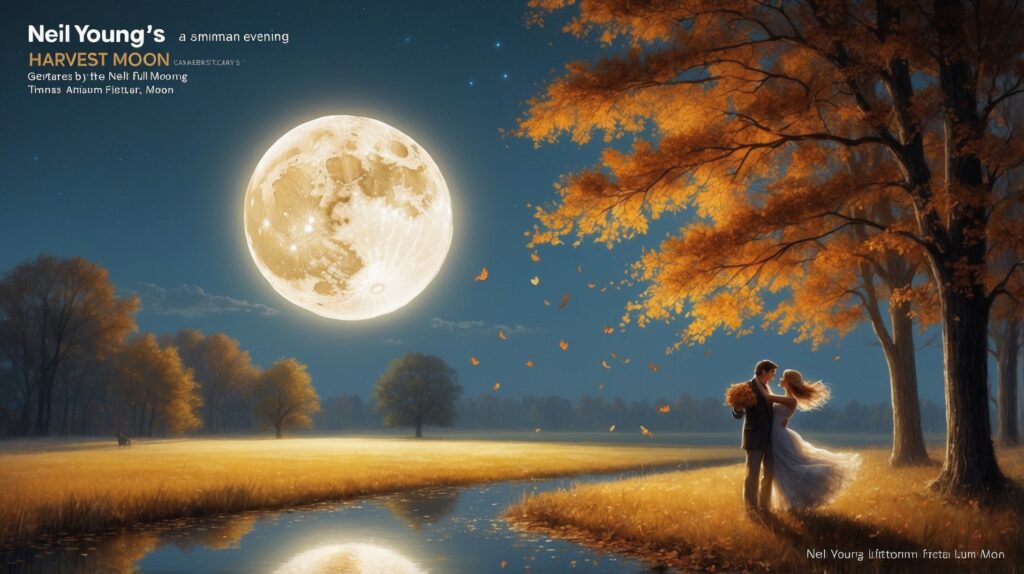Walter Murphy: The Maestro Behind the Disco Symphony
Explore Walter Murphy’s journey into music, his classical roots, and how he turned Beethoven’s symphony into a disco sensation.
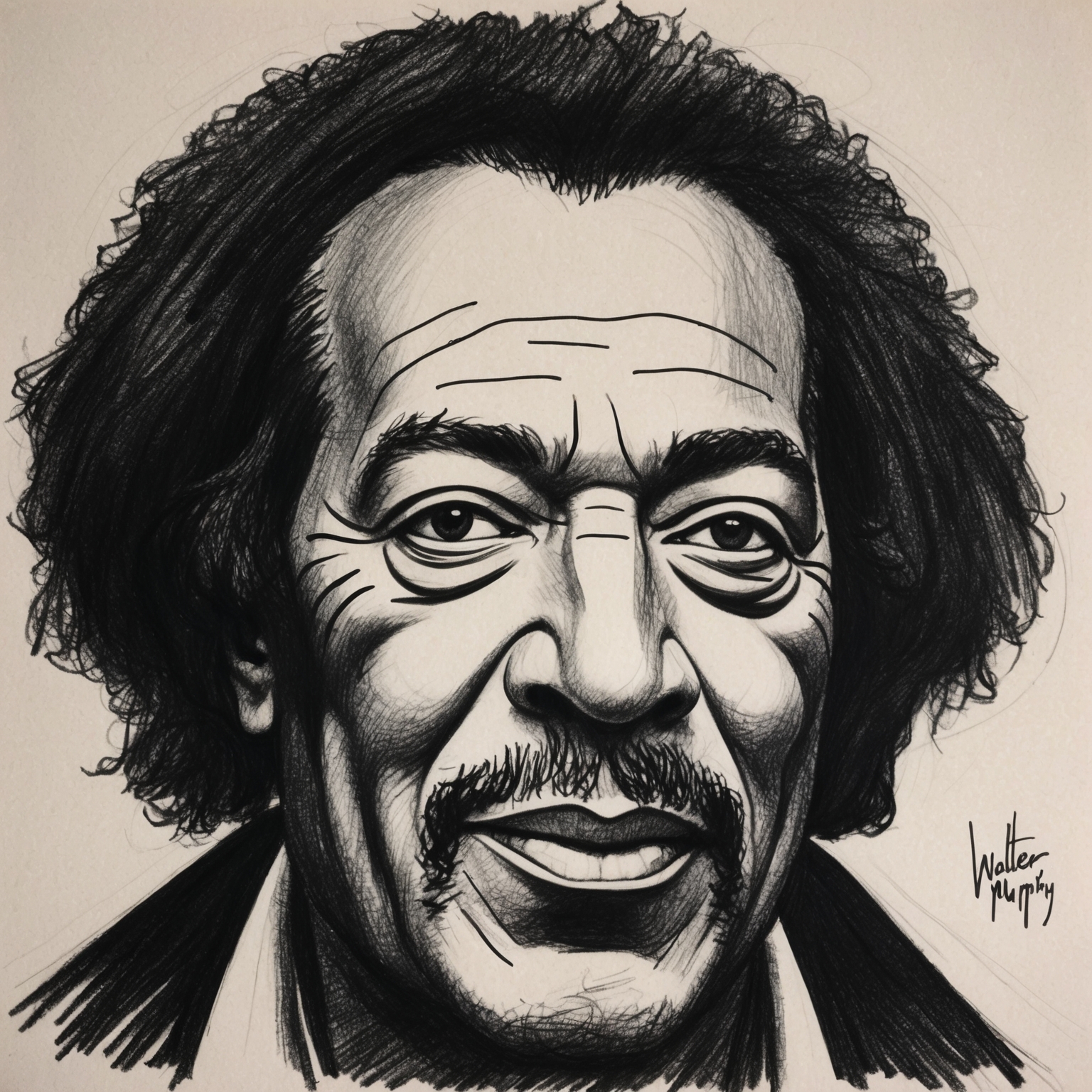
A pivotal player in the fusion of classical music and modern dance grooves, Walter Murphy made a significant mark in music history with his iconic track “A Fifth of Beethoven.” This innovative rendition of Beethoven’s Fifth Symphony not only reimagined the classical masterpiece but also brought the sounds of the composer to a whole new audience. Emerging in the 1970s, Murphy’s work with this track highlighted his versatility and imagination as an artist, giving him a spotlight on the international stage of music.
From an early age, Murphy showed an extraordinary talent for music. Growing up in New York City, he immersed himself in the musical tapestry of the metropolis, which was instrumental in nurturing his affinity for different genres. A graduate of the Manhattan School of Music, Murphy was uniquely equipped to blend his classical training with a contemporary sound, setting him apart from his contemporaries. This classical mastery was critical during the time when he soared to the heights of fame with “A Fifth of Beethoven”.
The late 1970s music scene was a boiling pot of creativity with disco shaking the dance floors. Murphy, backed by the Big Apple Band, dared to bridge worlds by transforming timeless classical pieces into catchy dance hits. His producer at the time encouraged him to rework a classical piece into a disco tune, which eventually resulted in “A Fifth of Beethoven.” Released in 1976, this single became an instant sensation, showcasing Murphy’s ability to transform the old into something gloriously new. This track beautifully illustrated the collaborative spirit of Murphy and the Big Apple Band, leaving a lasting impression on both classical music aficionados and disco lovers alike.
The Maestro Behind ‘A Fifth of Beethoven’: Walter Murphy
Walter Murphy, the composer of ‘A Fifth of Beethoven,’ transformed Beethoven’s Symphony No. 5 into an iconic disco hit, skillfully blending classical and contemporary styles. Explore how Murphy’s musical prowess and unique style contributed to the enduring success of this crossover classic.

Walter Murphy, the brilliant composer behind ‘A Fifth of Beethoven,’ has made a lasting impact on the music world with his unique blend of classical and contemporary elements. Born on December 19, 1952, in New York City, Murphy demonstrated a natural talent for music from a young age. He attended the Manhattan School of Music, where he honed his skills in composition and arrangement, setting the foundation for a successful career in music. His early years were spent working as an arranger for various bands and orchestras, which provided him with a keen understanding of orchestration and popular music trends.
Murphy’s musical style is characterized by his ability to effortlessly merge classical sensibilities with modern genres. He is best known for his disco adaptation of Ludwig van Beethoven’s Symphony No. 5, which became a groundbreaking achievement in crossover compositions. Influenced by classical maestros, as well as pop and jazz elements, Murphy carved a niche that allowed classical arrangements to find a place on the dance floors of the 1970s. His work often reflects a clever interplay between orchestral arrangements and rhythmic dance beats, capturing the imagination of countless listeners.
The success of ‘A Fifth of Beethoven’ can be largely attributed to Murphy’s ingenious arrangement and production techniques. By injecting a disco flair into Beethoven’s revered symphony, he created a version that appealed to a wide audience, seamlessly connecting the past with the present. Murphy’s role in the song’s creation was pivotal, as his compositional mastery transformed the classical piece into an energetic disco hit. This unique reinterpretation was not only a critical success but also a commercial triumph, staying true to the roots of classical music while bringing it into a new era of dance music.
Celebrating the Success and Legacy of ‘A Fifth Of Beethoven’
Explore the legacy of ‘A Fifth Of Beethoven’, its cultural impact, and notable covers, solidifying its place in music history.
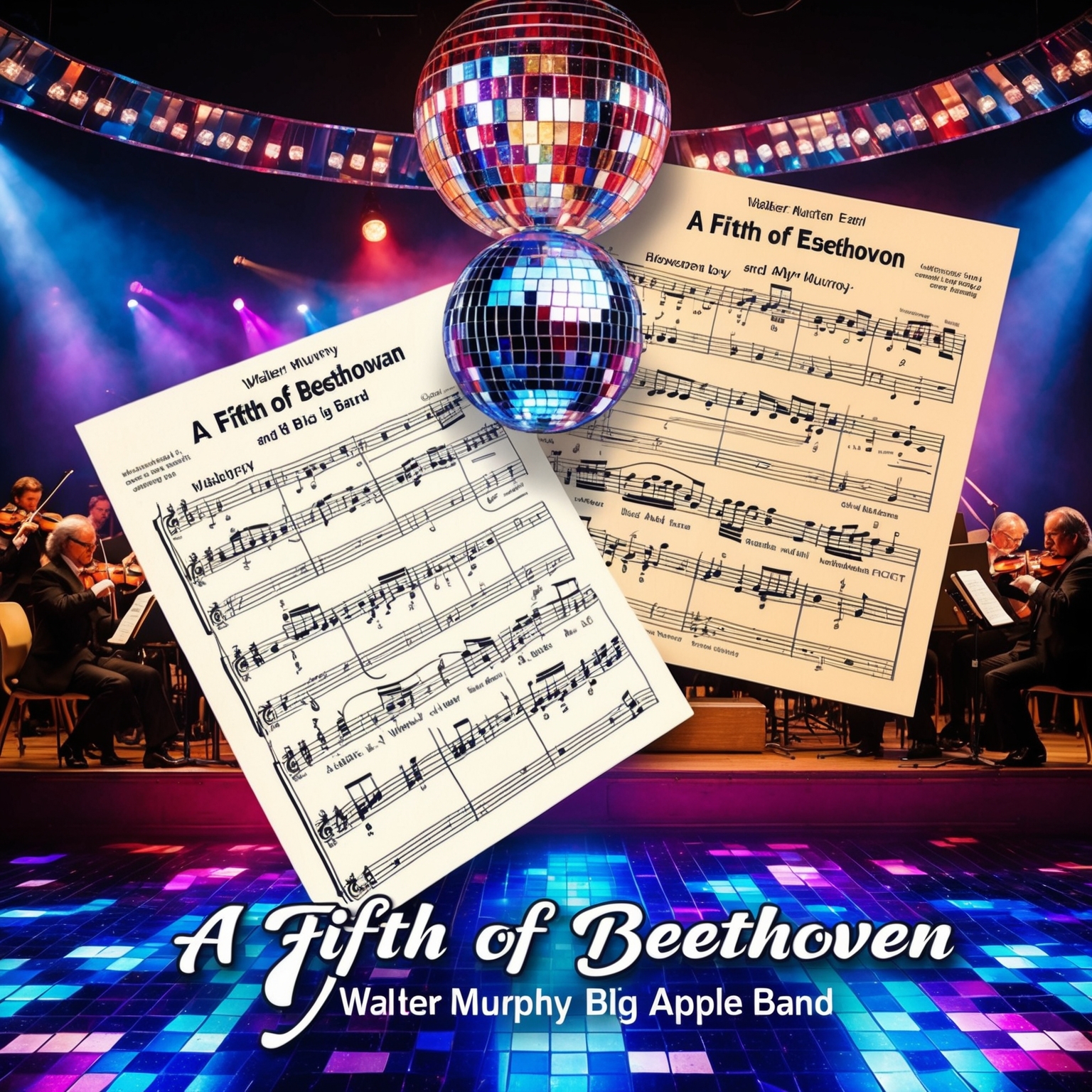
A Fifth Of Beethoven by Walter Murphy and the Big Apple Band is not just a disco hit—it’s a transformative masterpiece that blends the boundaries of classical brilliance and modern flair. While the song itself didn’t snag major awards, its impact on popular culture and influence on music production has been profound. Since its release in the mid-1970s, the track has seen an array of accolades, starting with its appearance in the iconic ‘Saturday Night Fever’ soundtrack. This association with one of the best-selling albums of all time cemented the song’s legacy, contributing significantly to its enduring popularity.
Remarkably, A Fifth Of Beethoven has been covered by several artists who admired its unique synthesis of classical and disco sounds. One of the most notable covers came from Electric Light Orchestra, who incorporated a similar flair of orchestral disco in their works. Additionally, a jazz rendition by the famed musician George Benson brought a new dimension to the piece, demonstrating its versatility across different musical genres.
Beyond albums and releases, A Fifth Of Beethoven continued its journey in pop culture by being featured in various films, TV shows, and video games. Its unmistakable opening riff has introduced the piece to newer generations, making appearances in shows like ‘The Simpsons’ and ‘Dancing with the Stars.’ Its catchy orchestration has also found space in the gaming world, featuring in rhythm games and keeping the beat alive among players worldwide. Such intricate connections in media underscore the song’s lasting impression and celebrate its rhythmic innovation that continues to resonate today.
Chart-Topping Triumph: The Success Story of ‘A Fifth Of Beethoven’
A Fifth Of Beethoven, a breakthrough 1976 hit by Walter Murphy and The Big Apple Band, topped the charts and marked a unique junction between classical music and disco, becoming a defining moment in Murphy’s career.

A Fifth Of Beethoven, released in 1976, quickly found its way to the top of the charts, securing its place in musical history. Initially debuting on the Billboard Hot 100, the song rapidly climbed to secure the number one position in October of the same year. This orchestral-disco hybrid remained a dominant force in the music industry throughout the disco era, illustrating both its initial impact and long-lasting appeal. Walter Murphy and The Big Apple Band may have been new faces to the scene, but their creation was far from a mere fluke.
Compared to the other tracks on the charts during its ascent, A Fifth Of Beethoven stood out with its unique blend of classical influences and disco vibes. While soul and funk tunes dominated the airwaves, Murphy’s inventive take offered listeners something refreshingly different. This anomaly not only marked a pinnacle in Murphy’s career but also demonstrated the versatile nature of the 1970s musical landscape.
In the context of Walter Murphy’s career, A Fifth Of Beethoven was undeniably his breakthrough hit, propelling him into the spotlight and cementing his position in the music world. Preceding lesser-known works, this song catapulted Murphy from a capable composer to a celebrated artist, influencing his future ventures. The song’s success also illustrated the shifting public taste during the disco era, paving the way for other classical crossovers. Its enduring popularity not only marked a defining moment in Murphy’s career but also showcased the timeless appeal of innovative musical approaches.
Exploring the Visual Journey of ‘A Fifth Of Beethoven’
Without an official music video, ‘A Fifth Of Beethoven’ explored through dynamic fan interpretations and unforgettable live performances.
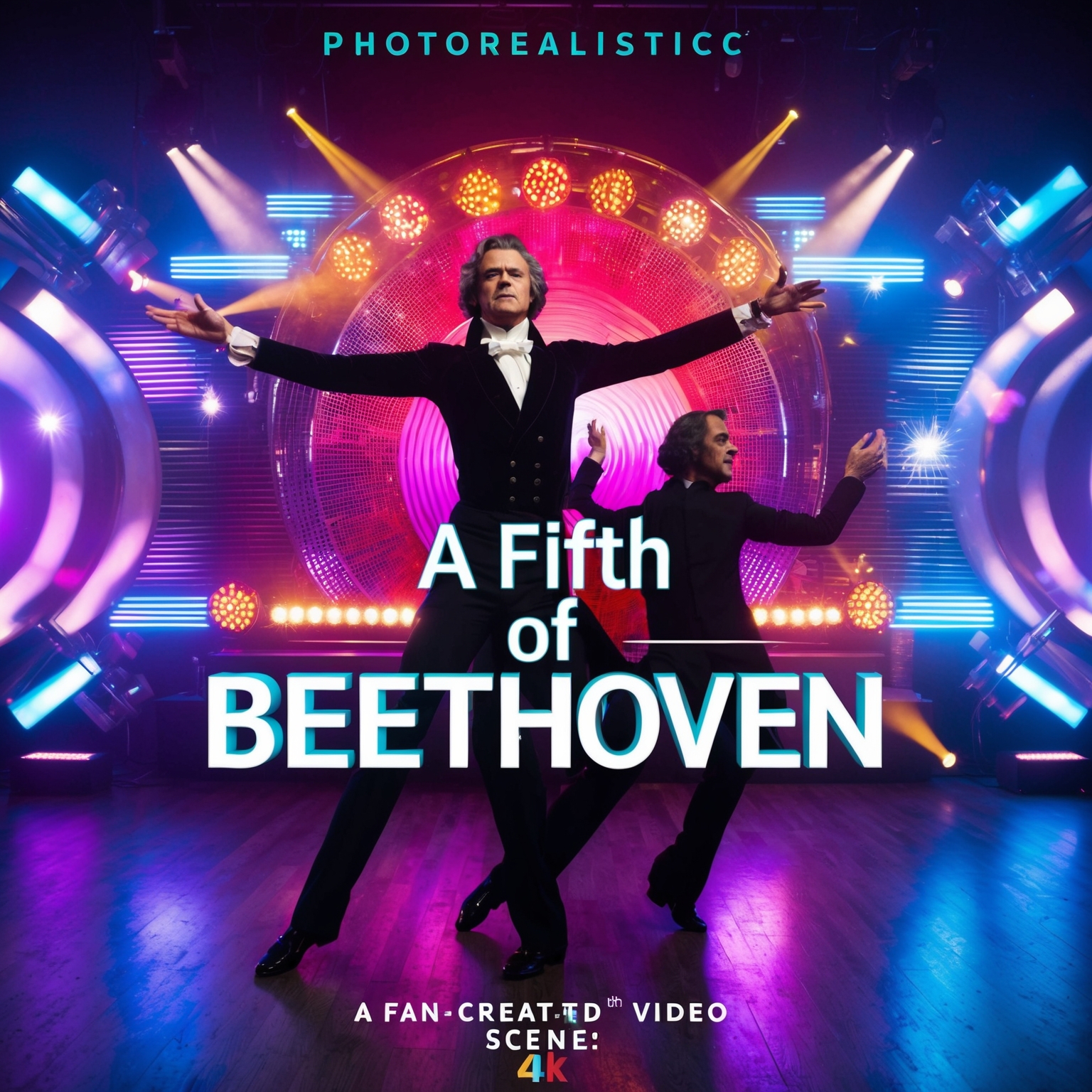
**A Fifth Of Beethoven** by Walter Murphy and the Big Apple Band is renowned for its seamless blend of classical music with disco elements. While the song itself rose to prominence in the 1970s, there isn’t an official music video that accompanies this iconic tune. During that era, music videos were not as crucial for song promotion as they became in later decades. However, the lack of an official video hasn’t hindered fans or the music community from celebrating the track visually. Enthusiastic creators and fans have taken the liberty to develop their own interpretations by using creative storytelling and vivid imagery inspired by the track. These fan videos often feature dynamic visual collages that represent the merging of classical and modern themes. They serve as a testament to the timeless appeal of the song and its ability to inspire creativity across different media forms.
Additionally, live performances of **A Fifth Of Beethoven** have further showcased the song’s contagious energy. Live recordings capture the spontaneity and vibrancy of the music, often featuring elaborate lighting and engaging choreography that bring the rhythm to life. These performances are popular for their ability to capture the true essence of the disco era, making them a visual delight for both contemporary and nostalgic viewers. Indeed, live performances and fan video tributes continue to contribute significantly to the song’s enduring popularity.
Despite the absence of an official video, the reception of these visual interpretations has been overwhelmingly positive. They provide a fresh perspective on the track and highlight the creative prowess of fans who continue to celebrate the fusion of Beethoven’s classical legacy with the groove-centric rhythms of the disco era. Musicians, visual artists, and fans alike have created a tapestry of visuals that ensure **A Fifth Of Beethoven** remains a vibrant and celebrated piece of music history.
Dissecting the Rhythmic Fabric of ‘A Fifth of Beethoven’
Explore the musical intricacies of Walter Murphy’s ‘A Fifth of Beethoven,’ where classical meets disco in a fusion of rhythmic innovation.
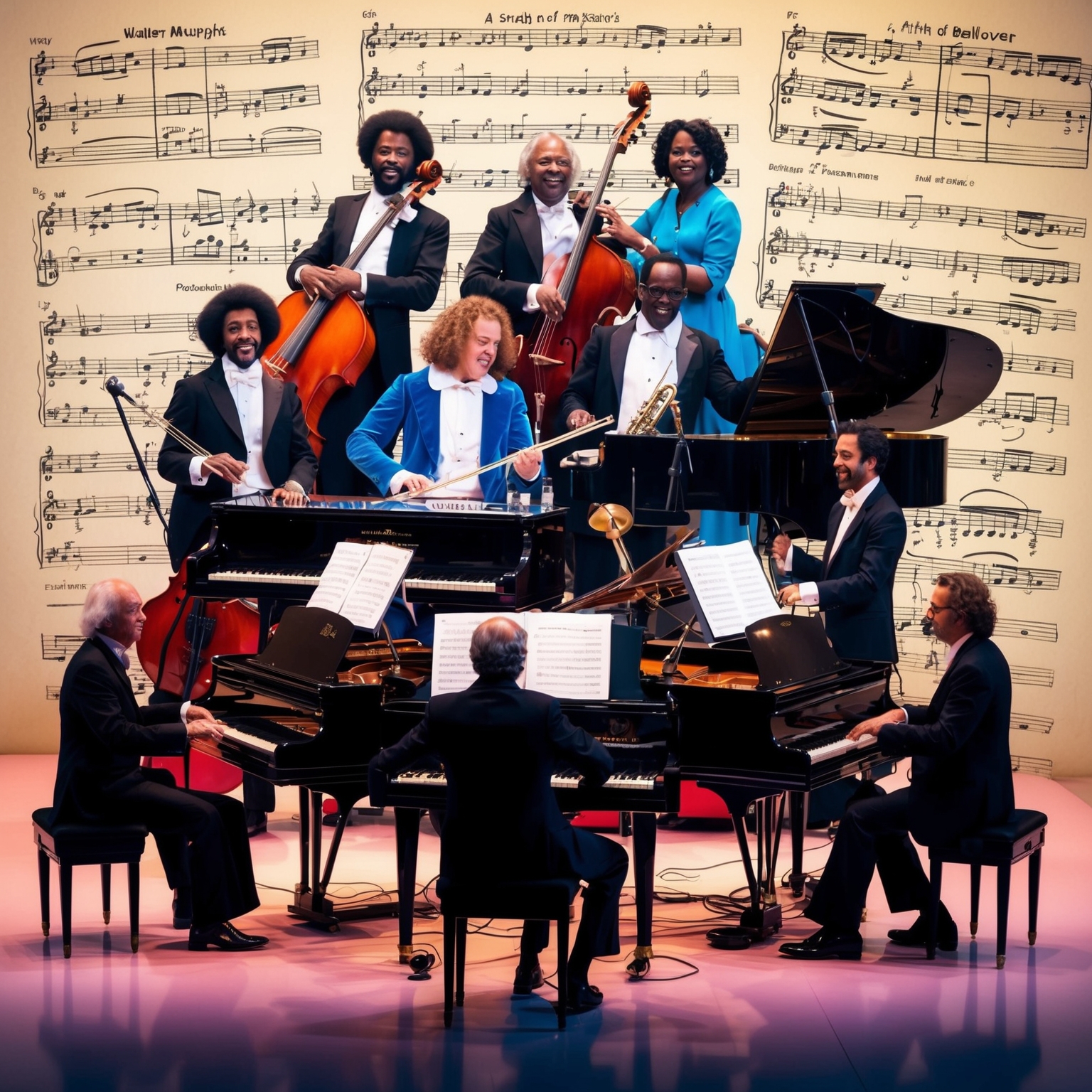
Walter Murphy’s rendition of Beethoven’s famed Symphony No. 5, reimagined as ‘A Fifth of Beethoven,’ is a masterpiece of transformation that melds classical genius with modern innovation. The song is anchored in the key of C minor, retaining the urgency and drama of Beethoven’s original work while infusing it with a disco rhythm that makes it dance floor-ready. The iconic da-da-da-dum motif that opens the piece is instantly recognizable, but Murphy dresses it up with lush strings, brass, and a pulsating bassline.
The song operates with a steady disco tempo of around 126 beats per minute, which was a popular tempo for dance music in the 1970s, offering a familiar, driving beat that propels the orchestral elements. The chord structure adheres closely to Beethoven’s composition, yet introduces modern elements like syncopation and rhythmic breaks that give it a dynamic swing. Murphy’s use of rhythm guitar and electric piano adds layers of harmony that are both refreshing and vibrant.
Instrumentation is crucial in ‘A Fifth of Beethoven.’ By blending classical instruments such as strings with contemporary sounds like synthesizers and electric pianos, the track captures a distinct sound that was avant-garde for its time. This fusion of instruments not only pays homage to Beethoven but also reflects the innovative spirit of the disco era. Within Walter Murphy’s discography, ‘A Fifth of Beethoven’ stands as a defining piece that marked his transition from a classical arranger to an innovator in the disco world, highlighting his ability to bridge different musical worlds and create something compelling and new. Such experimental endeavors were not typical at the time, positioning Murphy as a pioneer in genre fusion. The recording took place in New York, under the guidance of Thomas J. Valentino, where Murphy and his band seized the upbeat essence of the city, inspiring the vivacious energy that fuels this iconic track.
Exploring the Symphony of Themes and Emotions
“A Fifth of Beethoven” uses music to express themes and emotions typically conveyed through lyrics. This instrumental reinvents Beethoven’s work into a disco marvel, resonating with themes of transformation and cultural evolution.
 Interestingly, “A Fifth of Beethoven” by Walter Murphy does not boast traditional lyrics. Instead, it is an instrumental piece, transforming the iconic opening movement of Beethoven’s Symphony No. 5 into a disco dynamo. Thus, the song’s lyrical analysis takes an unconventional route, examining the thematic and emotional structure expressed through its musical composition rather than words. This unique approach offers a profound glimpse into how melodies alone can convey potent narratives and emotions.
Interestingly, “A Fifth of Beethoven” by Walter Murphy does not boast traditional lyrics. Instead, it is an instrumental piece, transforming the iconic opening movement of Beethoven’s Symphony No. 5 into a disco dynamo. Thus, the song’s lyrical analysis takes an unconventional route, examining the thematic and emotional structure expressed through its musical composition rather than words. This unique approach offers a profound glimpse into how melodies alone can convey potent narratives and emotions.
The primary theme of the piece can be identified in the seamless blend of classical and contemporary sounds. The composition initially presents Beethoven’s formidable opening motifs with their dramatic and almost ominous undertones. In the resurrection of this historic symphony within the vibrant frenzy of the 1970s disco era, one can infer themes of transformation and evolution – a hallmark of the time. The cultural zeitgeist of the 70s, defined by vivid social changes and musical experimentation, resonates powerfully in this track. The fusion signifies breaking boundaries and embracing new perspectives, echoing the global shift during that period.
Narratively, while no words are spoken, the instrumentation tells a story of reincarnation and revival. The perspective appears to be historical, almost as if whispered through the corridors of time, suggesting Beethoven’s genius adapting to a new world. The syncopation and electronic embellishments act as literary devices in this narrative structure, enhancing the emotive power without a single lyrical line. This diverges from the tradition of storytelling, where audio elements act as metaphorical devices instead of conventional lyrical content.
Did you know? A Fifth Of Beethoven turned Beethoven into a disco star! Walter Murphy’s genius groove hit No. 1 in ’76! 🎶✨ #ThrowbackTrack #DiscoBeethoven #MusicTrivia https://bit.ly/4eNmdey
Click to Tweet

